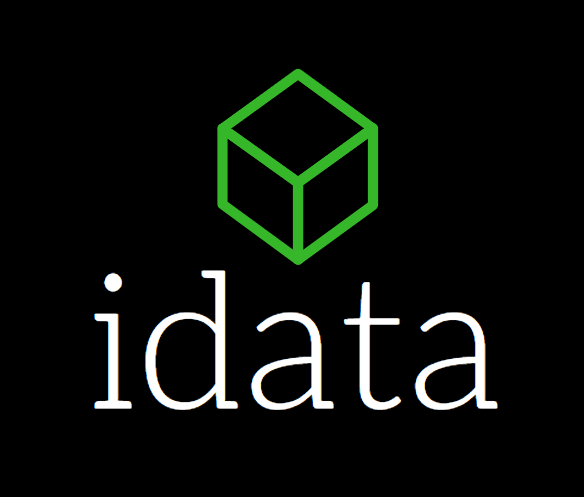Navigating the Data Pipeline Landscape
Today we delve deep into the core components that constitute an effective data pipeline, exploring everything from Glue crawlers to implementing Spark and setting up notification systems. Whether you're a seasoned data engineer or just starting out on your data journey, this guide aims to equip you with the knowledge and tools necessary to navigate this complex terrain.
AWS Glue Crawlers
At the heart of any data pipeline lies the ability to efficiently gather data from diverse sources. AWS Glue crawlers emerge as a powerful solution in this regard. These crawlers dynamically discover and catalog various data sources, alleviating the burden of manual data discovery. Leveraging Glue crawlers streamlines the process of integrating disparate data, ensuring a seamless flow through the pipeline.
Crafting Your Pipeline
Building a data pipeline from scratch can seem like a daunting task, but breaking it down into manageable steps simplifies the process. Start by defining clear cues - triggers that prompt data movement through the pipeline. Next, design your landers - destinations where processed data will reside. Establishing a clear path from cue to lander lays the foundation for an efficient and structured pipeline architecture. Build data quality checks and transformation logic and provide notifications for downstream systems to process data that has landed.
Implementing Spark
Apache Spark stands as a cornerstone in modern data processing frameworks, offering unparalleled speed and scalability. Integrating Spark into your pipeline enables robust data transformation and analysis, unlocking insights at scale. With its versatile APIs and powerful processing engine, Spark empowers data engineers to tackle complex data tasks with ease.
Setting Up Notification Systems
In the dynamic landscape of data pipelines, staying informed about pipeline status and performance is crucial. Implementing a notification system ensures timely alerts about pipeline events, empowering teams to respond promptly to any issues that arise. Whether it's email notifications or integration with queues like AWS SQS, SNS or Apache MQ, keeping stakeholders in the loop enhances overall pipeline efficiency.
Triggering Your Pipeline
Automation lies at the heart of an efficient data pipeline. By implementing triggers, such as time-based schedules or event-driven mechanisms like AWS SQS triggers, you can automate the execution of your pipeline. This eliminates manual intervention, streamlining the flow of data and reducing the risk of errors. From batch processing to real-time streaming, triggering mechanisms cater to diverse pipeline requirements.
Explore idata
For those seeking a comprehensive solution, idata emerges as a compelling option. With its integrated approach, idata encompasses all aspects of data pipeline management, from catalog management using Glue to seamless data quality, transformation and delivery to an array of endpoints (S3, Snowflake, Redshift, Postgres, etc). Additionally, idata offers built-in notification systems and trigger mechanisms, providing a holistic solution for efficient data pipeline orchestration.
In conclusion, crafting a robust data pipeline architecture entails careful consideration of various components, from data source discovery to notification systems and trigger mechanisms. Whether opting for a DIY approach or leveraging integrated solutions like idata, the key lies in designing a pipeline that meets your specific requirements while ensuring scalability and reliability. With the insights gleaned from this guide, embark on your data journey with confidence, equipped to tackle the challenges and harness the opportunities that lie ahead.

